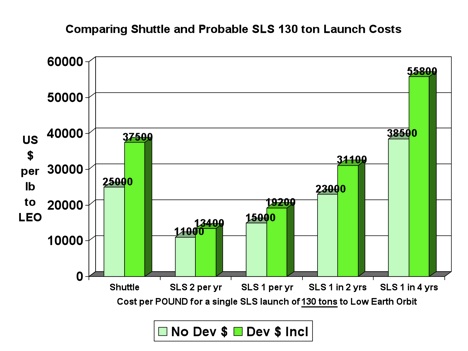EU Pushes ESA For More Collaboration
Source: Aviation Week & Space Technology
The European Union has always had an uneasy relationship with the European Space Agency (ESA).
A club of mostly EU-member states, ESA's 20 nations fund billions in a la carte development programs outside EU control, where the agency is free to uphold national industry workshare demands over competitive pricing, set policy and negotiate accords with other space powers, albeit without the international clout Brussels could bring to the table.
Since it was formally established in 1975, ESA's approach to R&D has proved effective at fostering technological innovation in Europe, helping sustain the aerospace and defense sector through economic ups and downs in the past three decades. Last month, the agency approved $13 billion in new spending over the coming years, a flat funding line compared with the last multiyear spending plan set in 2008, but significant given the drastic cuts some ESA member governments are seeing at home.
ESA uses very flexible and efficient rules to manage 70% of the public civilian space activities of its member states, and it is an incredible success, says Alain Dupas, an international space policy consultant based in Paris.
Only in the last 10 years has the EU assumed a stronger role in space, helping finance the European Geostationary Navigation Overlay Service (Egnos), taking on the Galileo satellite navigation system and initiating the Global Monitoring for Environment and Security (GMES) program, with technical management and contract oversight from ESA.
In 2009, Europe's constitutional treaty specifically gave the EU a shared role in setting space policy with ESA. But if the relationship is to continue, the EU expects the space agency to evolve.
In a policy proposal issued just days before a key ESA budget meeting in Naples Nov. 20-21, the EU's executive arm, the European Commission, took an aggressive stance with ESA, reiterating shared authority over European space under the 2009 Lisbon Treaty and handing it a to-do list of changes aimed at bringing ESA more in line with the EU.
The commission considers that a clear target date should be set between 2020 and 2025 for this long-term objective, the communique asserts, outlining options ranging from better coordination under the status quo to making ESA an EU agency.
Chief among the commission's worries is that non-EU membersNorway, Switzerland and Canada (the latter serving as an associate member through multilateral accord)could have disproportionate leverage over the EU's activities in military space. This poses an obvious problem in general and an even more acute problem when it comes to security and defense matters, the commission states in the Nov. 14 document, which urges ESA to incorporate management structures geared solely toward EU programs that would enable Switzerland and Norway to take part, subject to EU agreement.
The policy proposal also takes aim at ESA's missing political accountability, although, despite having no formal relationship with the European Parliament, ESA has for years set space policy in key areas where the EU has not played a role.
The discussion and the debate on the future of European access to space is a good example of that, says Gerard Brachet, a space policy consultant with the Foundation for Strategic Research in Paris and a former director-general of French space agency CNES, referring to an ongoing battle between France and Germany over Europe's future launch vehicle.
ESA's two largest financial backers had been haggling over whether to continue an upgrade of Europe's Ariane 5 rocket, known as the Ariane 5 ME, or embark on a more affordable successor, the Ariane 6. The budget meeting only partially resolved the debate, which is expected to resume in 2014 when the agency meets again at the ministerial level. But the two sides agreed to continue the Ariane 5 ME while conducting detailed design work on the Ariane 6 and identifying potential synergies between the two that could lead to a leaner, less costly launch vehicle development by the early 2020s.
That was a decision that did not take place in Brussels. It took place in the ESA Council, Brachet says.
Sensitive to the commission's concerns, ESA is making changes. For the first time, it has appointed two chairmen who will lead its ruling council for the next three years: Mauro Dell'Ambrogio, Swiss state secretary for education and research; and Francois Biltgen, Luxembourg minister of higher education and research, who will deal with the EU where Dell'Ambrogio cannot.
ESA also adopted a resolution at the November ministerial meeting that initiates a dialogue to define how it can adapt to the EU's growing interest in space.
There's a recognition, post-Lisbon Treaty, that we have to work out a new modus vivendi, says Britain's science minister, David Willetts, who led the U.K. delegation at the council ministerial. But it's strong evidence that ESA isn't broke, and it would be a pity to dismantle ESA or end up with an EU structure that parallels what ESA does.
ESA Director General Jean-Jacques Dordain will put forth proposals for the agency's further evolution at the 2014 ministerial meeting, according to the ESA resolution. In the meantime, Biltgen says ESA will air concerns with the EC's policy proposal during a meeting of the EU Competitiveness Council in Brussels Dec. 11. We will express some reservations to some elements of the communication, Biltgen said following the ministerial meeting. This is Brussels making some restraints. But these differences are not so big that we cannot, for instance, try to find common ground.






 at the notion
at the notion  ).
). 






